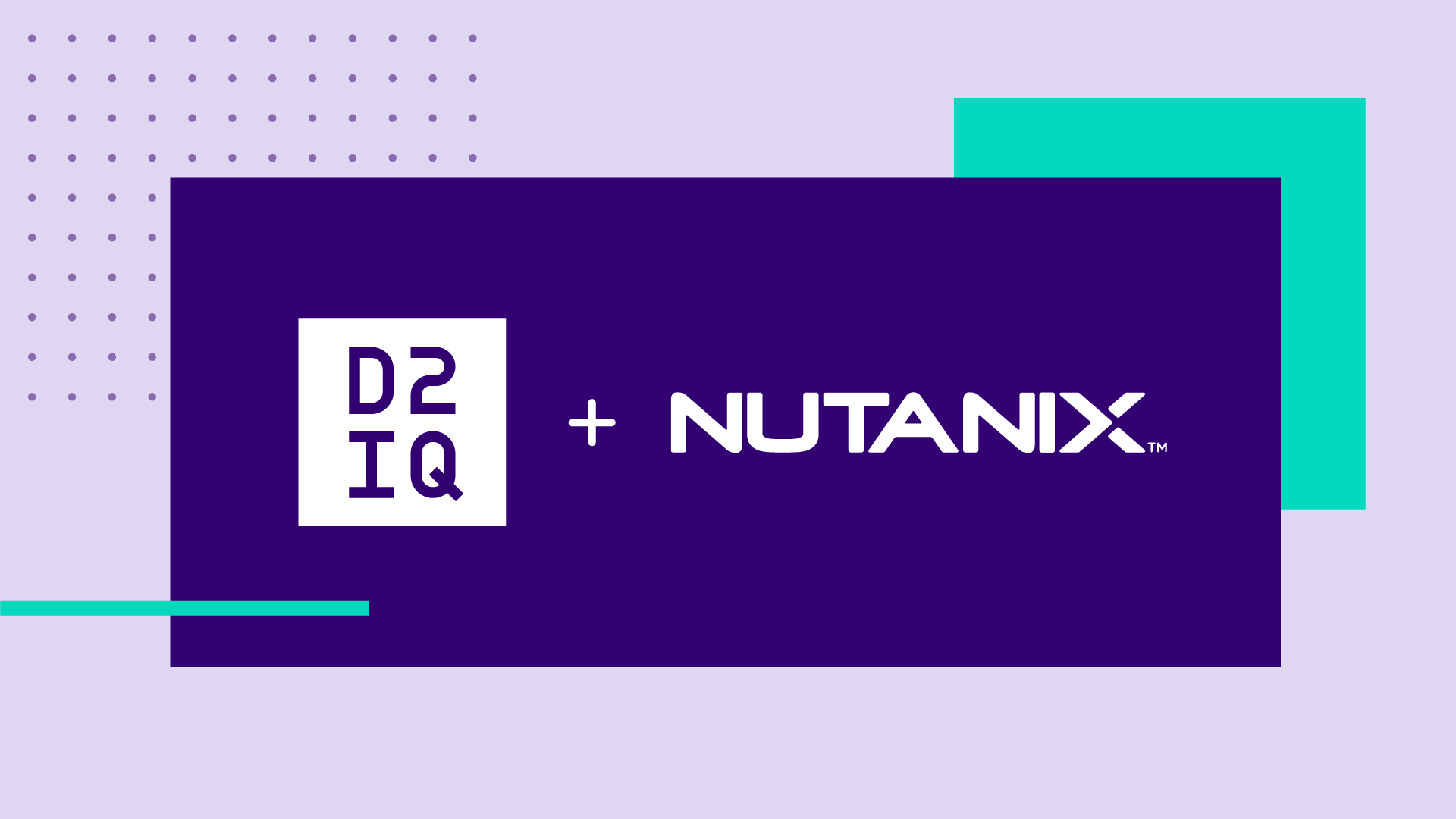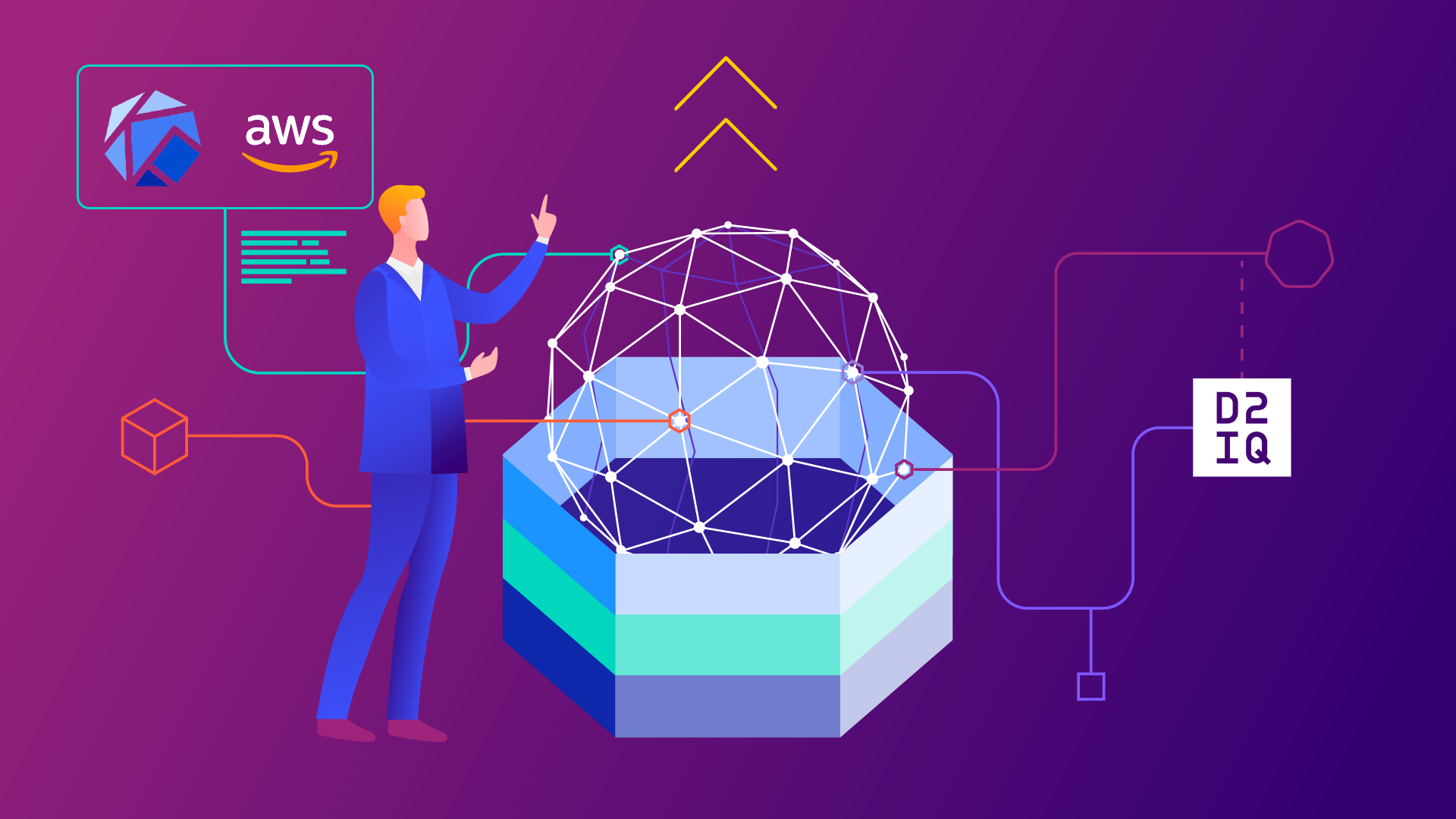
3 min read
- Observability - centralized visibility of Kubernetes workloads and infrastructure metrics to manage service availability.
- Financial visibility and workload optimization - granular real-time visibility of Kubernetes costs (and the ability to use it for chargeback or showback) and infrastructure insights to optimize cloud infrastructure spend and improve workload utilization.
- Governance - centralized governance and policy administration to create consistency across cluster deployment, manageability, accessibility, and security updates.
- Application management - built-in cloud-native application deployment tools to facilitate ongoing zero downtime deployments.
- Centralized authorization and authentication - single sign-on and Role-Based Access Control (RBAC) to identify users, configure access, and perform compliance checks.
- Cluster lifecycle operations - automation needed to consistently deploy, scale, upgrade, and manage multiple clusters.
- A complete and open platform - integration with other upstream and open source services for Day 2 production, such as security, storage, networking, with end-to-end automation out-of-the-box.
- Portability - ability to build, deploy, and manage Kubernetes and your cloud-native applications on any infrastructure, including the cloud, on-premise, at the edge, or any combination consistently.
- Broad workload coverage - run complex, mission-critical business services, data-rich applications, streaming analytics, and machine learning use cases with the enterprise-grade requirements of scale, security, and resilience.
- Cloud native expertise - knowledge required to advise, activate, and drive adoption of Kubernetes.
- Certified Kubernetes training - training and certification to meet the company’s Kubernetes adoption objectives, which may include hybrid, edge, or multi-cloud Kubernetes.
- Expert support - full stack support for Kubernetes, Day 2 operational components, and a low Total Cost of Ownership.
- A vetted, integrated stack of upstream open source Kubernetes and the supporting add-ons needed for production
- A single pane of glass for multi-cluster visibility
- Critical capabilities to enable consistent multi-cluster, multi-cloud, and multi-tenant management
- Granular financial management to effectively minimize and control the costs associated with cluster sprawl
- Operators for Kafka, Cassandra, and Spark to enable advanced streaming and fast data applications
- An enterprise-ready distribution of open-source Kubeflow to run entire ML and AI workloads in production at scale
- Innovation across across any infrastructure, whether it’s in the cloud, on prem, at the edge, or any combination of them
- A foundation of training, professional services, and full stack support to ensure success with Kubernetes
- A consistent, unified devops experience
- Faster time to benefit
- Increased productivity and operational efficiency
- Lower total cost of ownership









